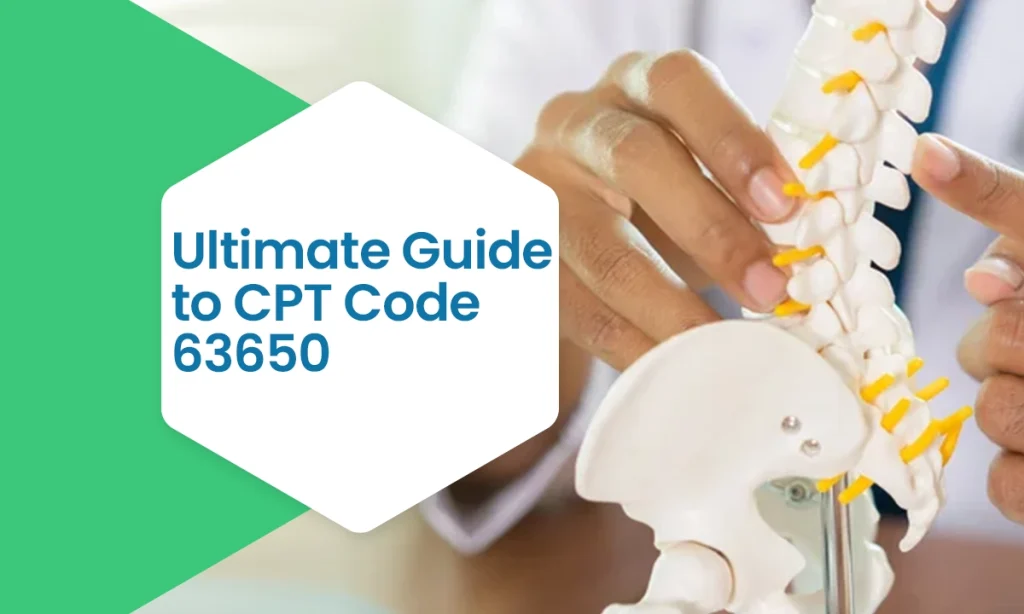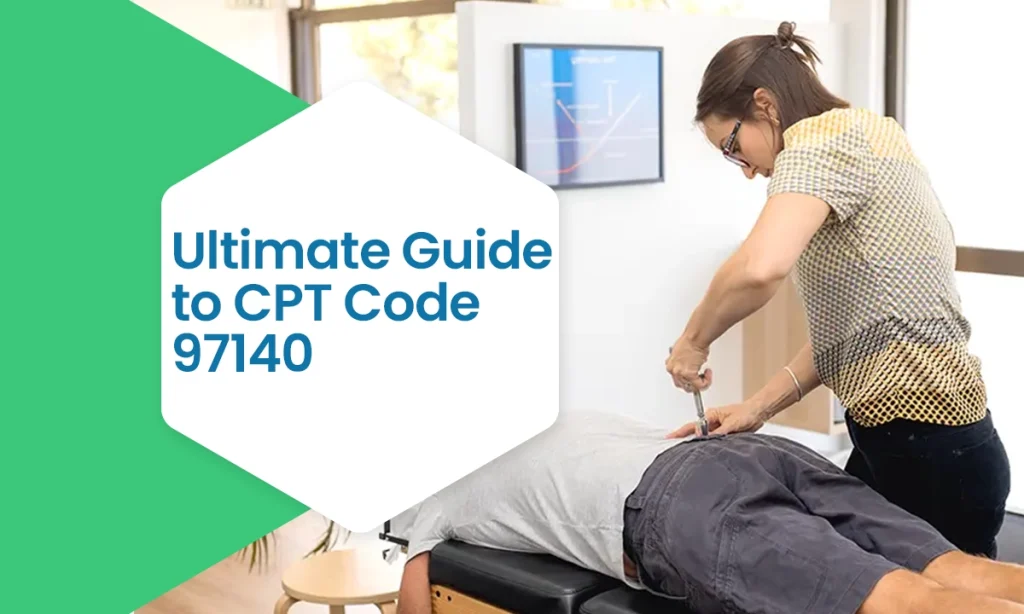Did a payer deny your 60-minute-long psychotherapy session? Your documentation for CPT code 90837 might be incomplete! The good news about mental health treatments is that they are becoming increasingly popular among people. Did you know that approximately 30% of American adults have sought therapy since 2020?
The bad news? Mental healthcare is heavily regulated. As a result, it is quite challenging to code psychotherapies. In fact, mental health claims have an error rate of more than 20%. We don’t want you to be stuck in the same loop of filing claims and receiving denials.
That’s why today, we will discuss the 90837 CPT code and highlight its complete documentation requirements so you can receive timely payments.
CPT Code 90837 Description
As you may have already guessed from the intro, CPT code 90837 specifies a one-hour individual psychotherapy session. Now you might be wondering if you can use this code if you spent less than an hour on a patient. The answer depends on how short your session was! The minimum time requirement for this code is 53 minutes.
Want to know an interesting fact? The American Medical Association (AMA) introduced this code to replace the old individual psychotherapy code, CPT code 90808. So, what type of treatment does CPT code 90837 cover? It reports all types of therapies to improve a person’s mental well-being. These include:
- Cognitive-behavioral therapy (CBT)
- Trauma therapy
- Mindfulness-based stress reduction
In simple terms, therapists use the 90837 CPT code to report that they have used a variety of techniques to treat a patient’s psychotic disorder. Remember that you can use this code to request payment for only one session.
Scenarios Where CPT Code 90837 is Applicable
Don’t know what mistakes you are making when using CPT code 90837? Explore the following scenarios to understand the correct application of this individual psychotherapy code.
Cognitive-Behavioral Therapy to Treat an Anorexic Patient
The National Association of Anorexia Nervosa and Associated Disorders (ANAD) estimates that 28.8 million Americans, or 9% of the population, to be exact, will have an eating disorder in their lifetime. Did you know that one death every 52 minutes is due to this mental illness? Psychotherapy is one of the most effective treatments for this condition.
So, for our first example, let’s consider a 16-year-old anorexic teenager. Due to severe calorie deficit, she loses a significant amount of weight in just a few months. However, this rapid weight loss harms her physical and mental health, making her fatigued and irritated. Concerned with her state, her mother enrolls her in therapy.
The psychologist conducts a face-to-face 60-minute session with the patient, providing cognitive-behavioral therapy to target her distorted thoughts about food and body image. He then uses CPT code 90837 to report this session.
Psychotherapy for Anxiety Disorder
Did you know that anxiety is the most common mental disorder in the U.S.? It affects approximately 19.1% of the population aged 18 or older every year. That means 40 million Americans! However, only 36.9% of the affected people opt for psychotherapy.
So, for the second example, suppose a 21-year-old college student experiences severe anxiety due to academic pressure. She starts struggling in class and constantly stresses over losing her scholarship. This constant stress results in frequent panic attacks and heart palpitations. Upon her friends’ advice, she finally visits a mental health professional.
After analyzing the patient’s condition and intensity of symptoms, the psychologist devises a treatment plan. He conducts several 60-minute sessions in a month, using a variety of talking techniques to help the patient change her negative thought patterns. His billing team uses CPT code 90837 to bill for each individual session.
Treating Post-Traumatic Stress Disorder (PTSD) in a War Veteran
Psychotherapy is also an effective treatment for post-traumatic stress disorder (PTSD). According to the National Center for PTSD, around 6% of the U.S. population develops PTSD at some point in their lives due to a traumatic event.
This mental disorder is slightly more prevalent among veterans than civilians. So, for our final scenario, let’s envision a 60-year-old war veteran in therapy. His main symptoms? Constant nightmares and intrusive thoughts! The patient also feels detached from his family and community.
During the weekly one-to-one session, the psychologist helps the patient process traumatic events via several techniques, including CBT and eye movement desensitization and reprocessing (EMDR). Since the session lasted for an hour, the provider uses CPT code 90837 to bill for it.
Applicable Modifiers for CPT Code 90837
Curious about the modifiers that apply to CPT code 90837? You can use the following to report additional information:
Modifier 95
Was the session conducted virtually due to the patient’s remote location or any other reason? In this case, use modifier 95 with CPT code 90837. This is the most frequently used modifier with this code. It can help you clarify that you provided psychotherapy to a patient via telehealth.
CPT Code 90837 – Billing & Reimbursement Guidelines
Insurance payers often scrutinize mental health services, including therapy sessions. So, if you want to receive timely payments without risk of delays or denials, follow these billing guidelines for CPT code 90837.
Remember the Time Limit
Time is the most important component when billing for CPT code 90837. Keep in mind that this code applies to an individual therapy session lasting between 53 and 60 minutes. If you have spent less time than this on a patient, it is better to use CPT code 90834.
Justify the Medical Necessity of Psychotherapy
As we said earlier, mental health treatments are more scrutinized than others. Therefore, you must always justify their medical necessity with proper documentation. Furthermore, you must also record the session time and other relevant details to avoid denials.
Our advice? Document everything on the day and time you have provided the service. Don’t want to miss anything? Just follow this general list and record relevant details in the patient’s medical record:
- Patient’s symptoms (e.g., dizziness, shortness of breath, fatigue, change in behavior)
- Diagnosis (e.g., anxiety, depression, PTSD)
- Effect on life
- Session time (start and end time)
- Psychotherapy methods (CBT, EMDR, or any other)
- Progress goals
- Patient’s response to therapy
- Clinical reasoning for a one-hour session
Apply Appropriate Modifiers (When Necessary)
Don’t forget to provide additional relevant details to the payer. Usually, therapists conduct psychotherapy sessions in their office. But if you have provided this service virtually, append modifier 95 with CPT code 90837.
Review Payer Policies
You might be wondering why we are repeating the same thing again and again, that mental health treatments are not as easily reimbursable as other services. However, we simply want to help you avoid unnecessary scrutiny and payment delays.
Therefore, you must review each payer’s coverage guidelines for CPT code 90837, including their billing requirements.
Summary
Coding for mental health services shouldn’t affect your mental well-being! Therefore, we have covered all the important details of a popular psychotherapy procedural code, CPT code 90837. You can apply this code to request payment for a 60-minute therapy session. However, your documentation must be complete and legible.
We know medical coding is not as simple as it seems. That’s why we have outlined three applicable scenarios for the 90837 CPT code, along with the most frequently used modifier, 95. Simply follow our billing tips for timely payments. But if you still need professional assistance, you can easily find several reliable billers on the market. Consider choosing a company that offers mental health billing services to avoid payer scrutiny!



